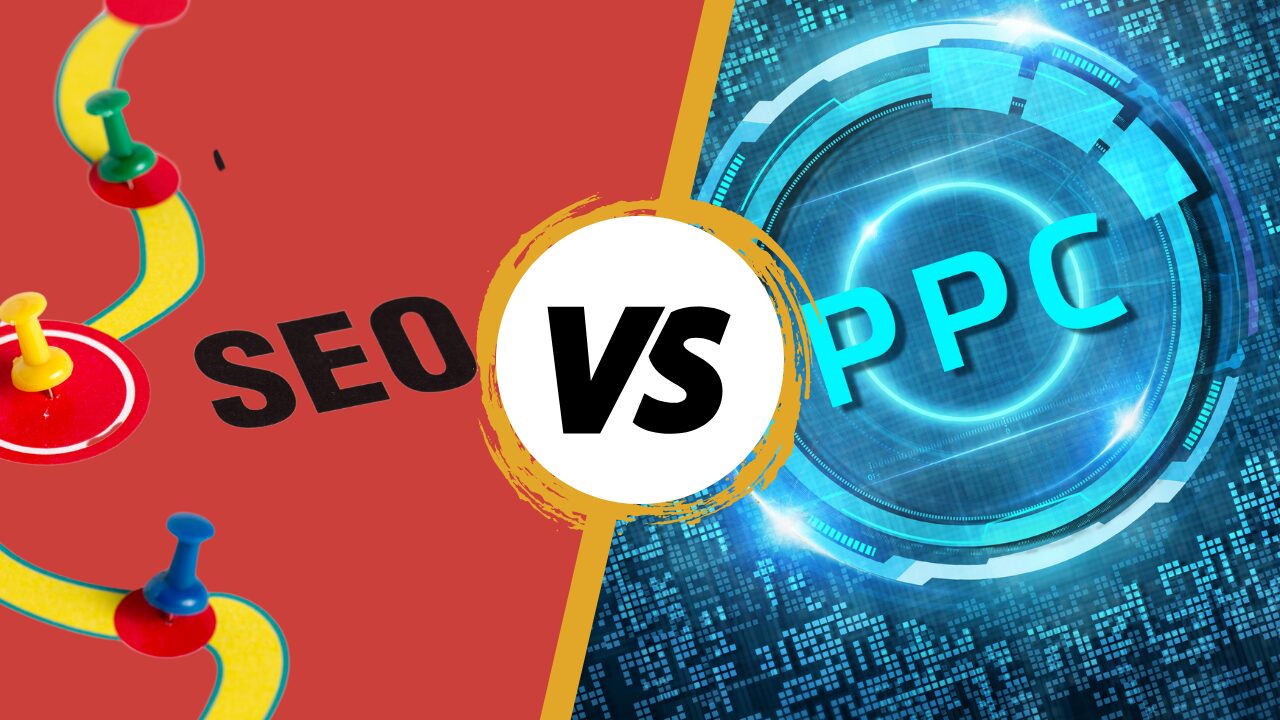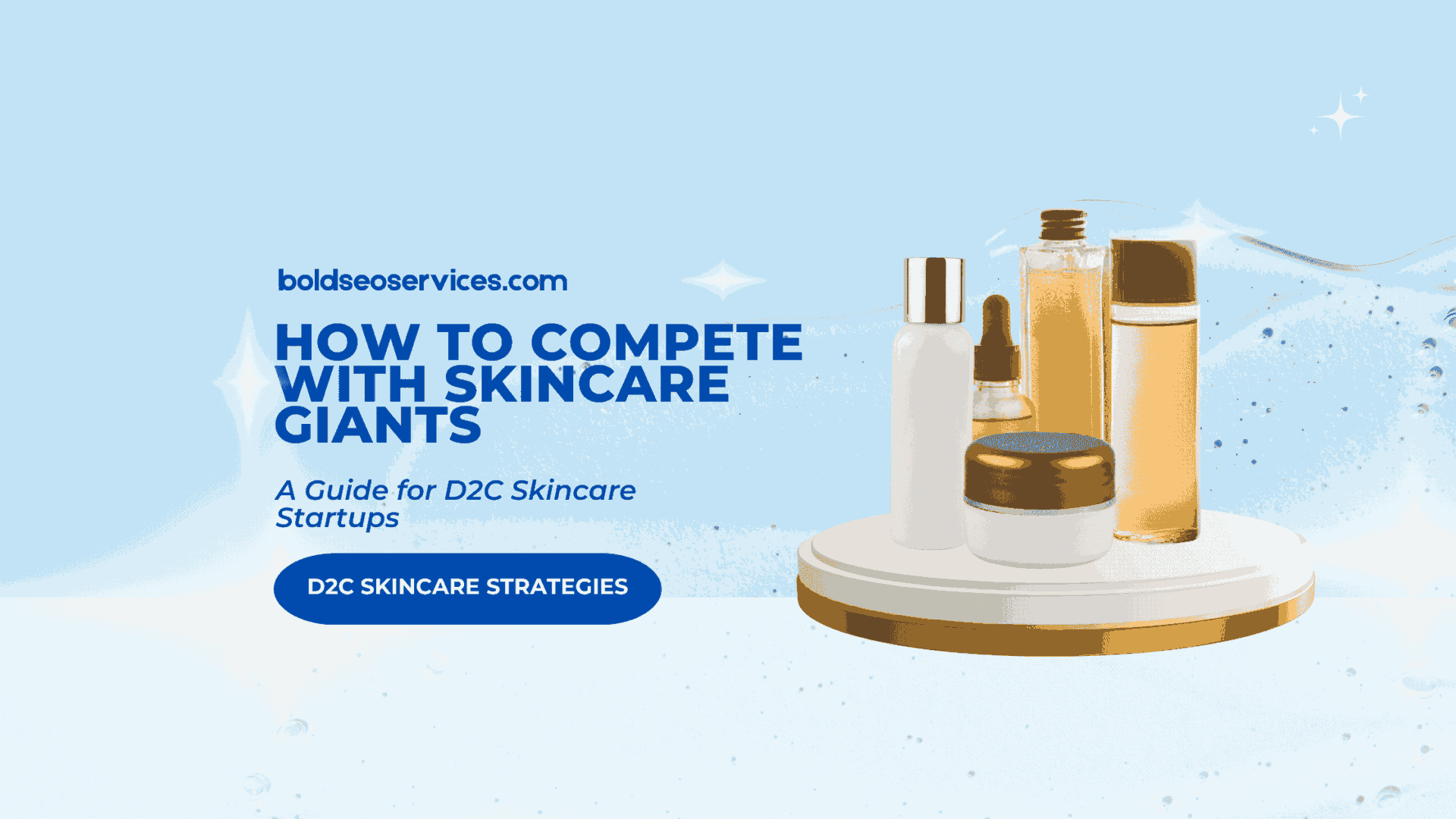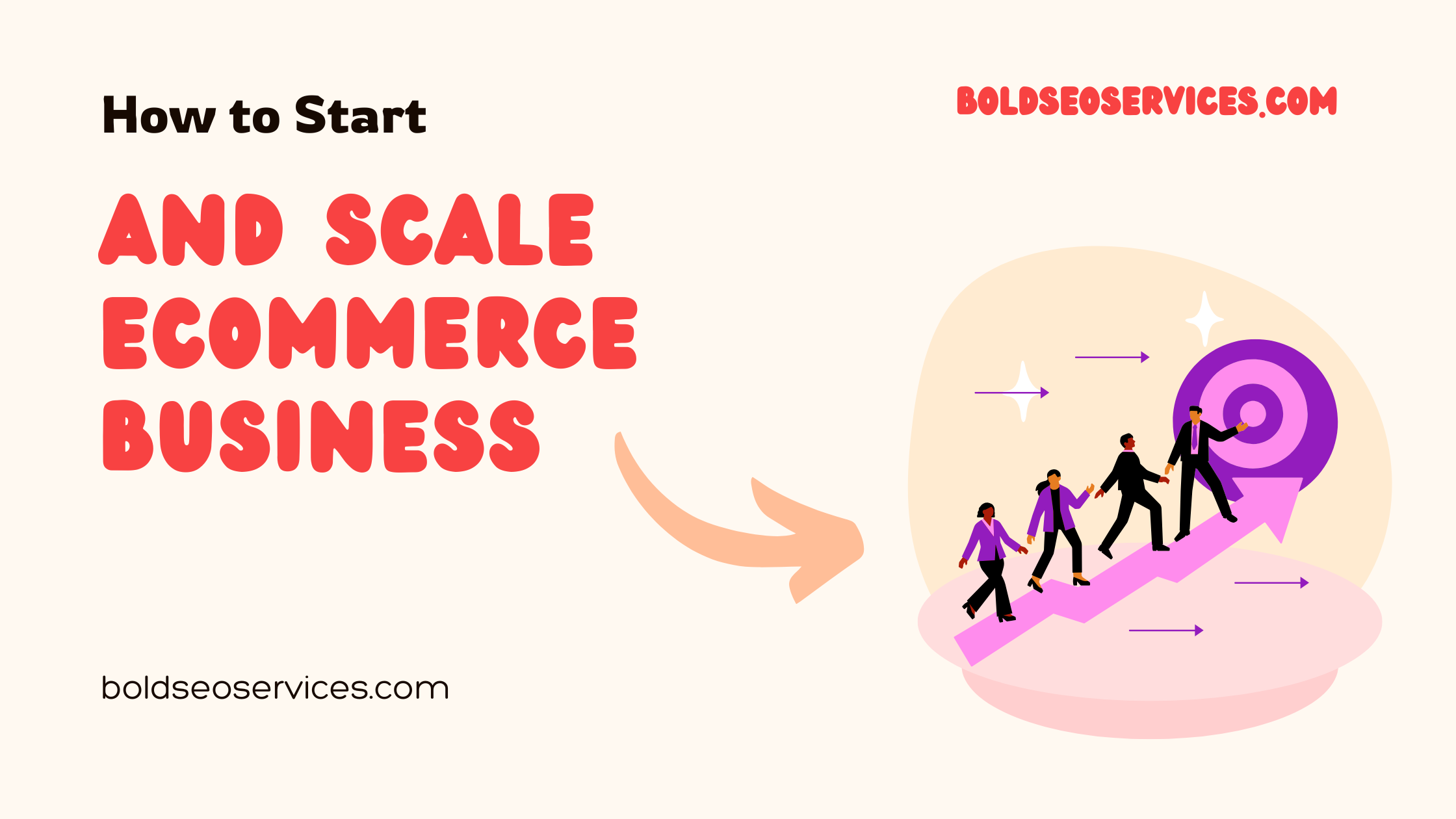In the battle for online visibility, two dominant forces drive traffic and conversions: Search Engine Optimization (SEO) and Paid Advertising (PPC). Both offer unique advantages and drawbacks, but the key to making the right decision lies in understanding how they work, their costs, and their impact on your business. Let’s break them down.
What is SEO?
SEO is the process of optimizing your website to rank higher on organic search results. This includes:
- On-page SEO (optimizing content, keywords, internal linking, etc.)
- Off-page SEO (backlinks, social signals, brand mentions)
- Technical SEO (site speed, mobile-friendliness, indexing, structured data)
- Local SEO (Google My Business, local citations, and geo-targeting for location-based searches)
- E-E-A-T Optimization (Experience, Expertise, Authoritativeness, Trustworthiness – crucial for Google rankings)
Pros of SEO:
✅ Long-Term ROI – Once you rank, you get free traffic without ongoing ad spend.
✅ Brand Credibility & Trust – Higher organic rankings signal authority.
✅ Compounds Over Time – SEO is like real estate; the longer you invest, the more valuable it becomes.
✅ Cost-Effective in the Long Run – Unlike PPC, where traffic stops when you stop paying, SEO can provide sustained traffic.
✅ Higher Click-Through Rate (CTR) – Studies show organic search results get more clicks than ads.
Cons of SEO:
❌ Takes Time – Depending on your niche, it can take 3-12 months to see significant results.
❌ Algorithm Changes – Google updates can affect rankings overnight.
❌ Requires Continuous Optimization – SEO isn’t a one-time task; it needs ongoing effort.
What is Paid Advertising (PPC)?
PPC involves running ads on platforms like Google Ads, Facebook, Instagram, or YouTube. You pay for each click or impression your ad receives.
Pros of PPC:
✅ Instant Results – Unlike SEO, PPC can generate traffic the moment you turn ads on.
✅ Scalability – As long as your campaign is profitable, you can scale by increasing your budget.
✅ Highly Targeted – You can target users based on demographics, interests, behaviors, and even retarget past visitors.
✅ Perfect for Launching New Products – Get in front of potential buyers immediately.
✅ Predictable & Measurable – With conversion tracking, you can measure ROI more accurately.
Cons of PPC:
❌ Costs Can Add Up – You stop getting traffic the moment you stop paying.
❌ Competitive & Expensive – Highly competitive industries (like real estate, legal, and finance) have high CPC rates.
❌ Ad Fatigue – If you don’t constantly refresh your creatives, audience engagement will drop.
❌ Lower Trust Factor – Many users skip ads in favor of organic results.
SEO vs. Paid Ads: Head-to-Head Comparison
| Feature | SEO | Paid Ads |
|---|---|---|
| Cost | One-time + ongoing effort, but no cost per click | Pay per click, can be expensive |
| Speed | Takes months to see results | Instant traffic |
| Longevity | Sustainable long-term traffic | Stops when ad spend stops |
| Scalability | Scales with effort | Scales with budget |
| Trust & Credibility | Users trust organic results more | Users may ignore ads |
| Targeting Options | Limited targeting control | Highly targeted options |
| Competition | Ranking takes time & effort | Higher CPC in competitive industries |
| CTR (Click-Through Rate) | Higher for organic results | Lower due to ad blindness |
| Best For | Long-term brand building | Quick conversions & testing |
Which One is Best for Your Business?
Choose SEO if:
- You want long-term growth and sustainable traffic.
- You have patience and are willing to invest time in content and link-building.
- You operate in a low to medium competition industry.
- You want to build brand credibility and trust.
- You want to reduce long-term ad dependency and grow organically.
Choose PPC if:
- You need immediate traffic and conversions.
- You are launching a new product, service, or campaign.
- You have a high customer lifetime value (LTV) and can afford to pay per acquisition.
- You want to target a very specific audience.
- You operate in a highly competitive niche where SEO is too slow.
Case Study: A Winning Hybrid Strategy
A mid-sized eCommerce brand selling home decor products combined SEO & PPC for massive success:
- Started with PPC to drive immediate traffic and sales, identifying high-converting keywords.
- Built an SEO strategy around those high-converting keywords, creating optimized product pages and blog content.
- Retargeted organic visitors with PPC ads, boosting conversions by 30%.
- Reduced ad spend over time as organic rankings took over, saving $15,000 per month in PPC costs.
Best Strategy: Use Both!
Smart businesses don’t choose between SEO and PPC – they use both to maximize results. Here’s how:
- Use PPC to test keywords: Find high-converting search terms and then optimize SEO content around them.
- Dominate SERPs: Ranking organically + running ads for the same keyword increases trust and click-through rates (CTR).
- Use retargeting: Run paid ads to visitors who landed on your site via SEO but didn’t convert.
- Combine data insights: PPC campaigns give insights into keywords and audience behavior that can improve SEO strategies.
Final Thoughts: SEO vs. Paid Ads – What’s Your Move?
At the end of the day, it’s not about choosing one over the other. The most successful brands leverage SEO for sustainable growth while using PPC to accelerate conversions and sales.
- If you have budget constraints but long-term vision → Start with SEO.
- If you need immediate leads & can afford ad spend → Go with PPC.
- If you want maximum visibility & profitability → Invest in both.
Remember, “The best strategy isn’t just about getting traffic, it’s about building a high-converting system that turns visitors into customers.”
Now, what’s your move? Are you going all-in on SEO, PPC, or both? Let’s get your brand the visibility it deserves.



